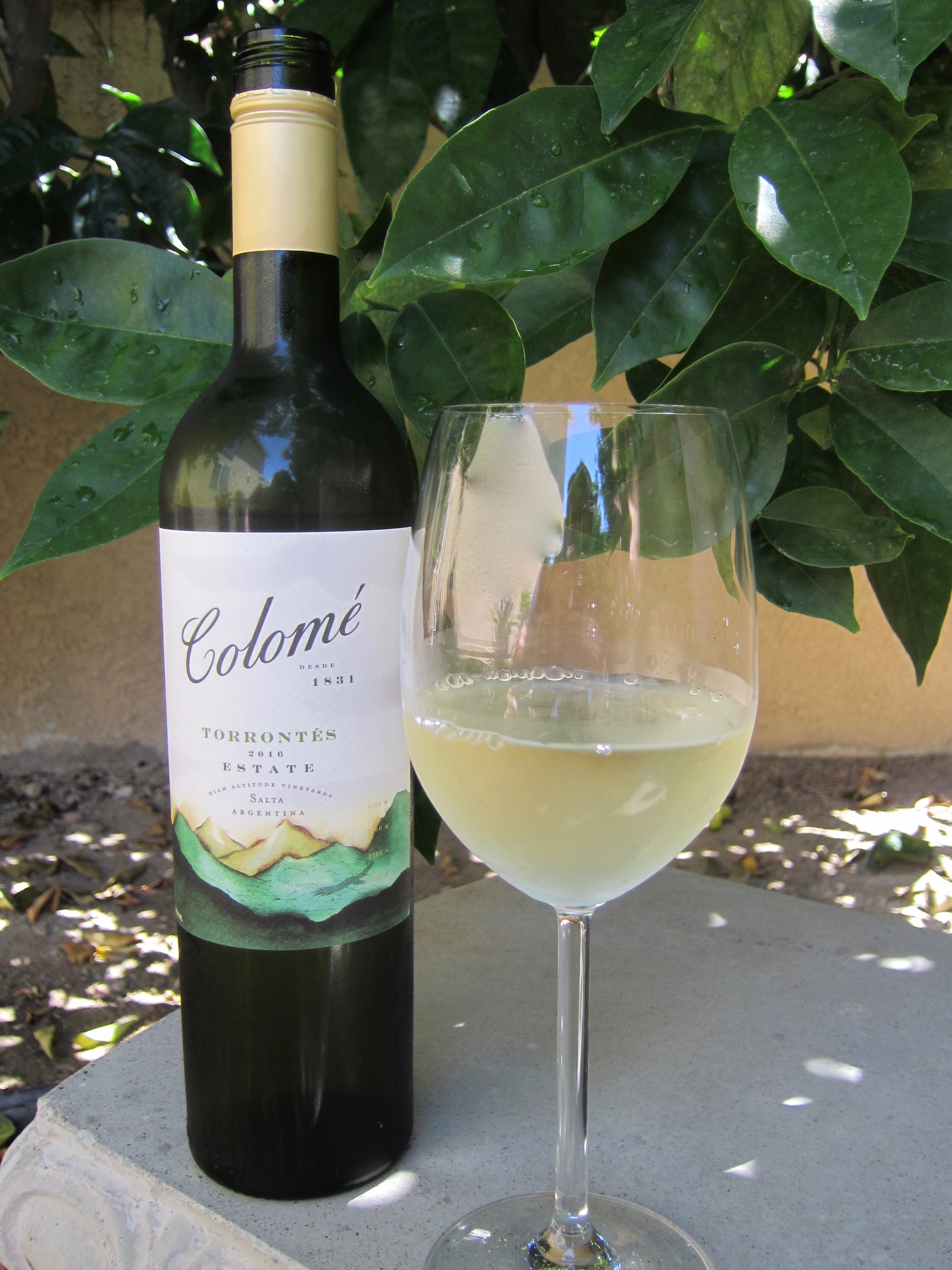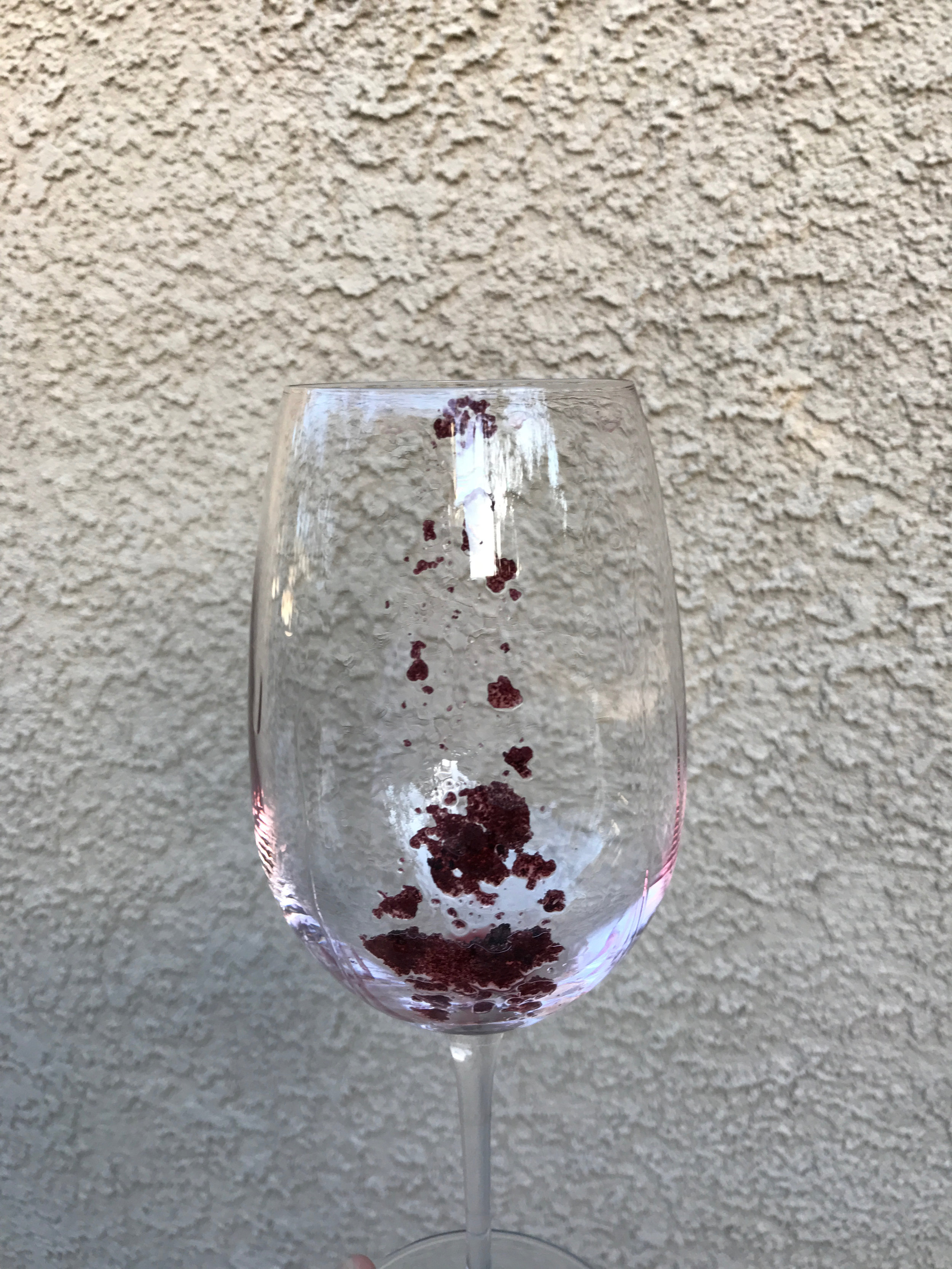While recently reviewing a sparkling Rosé Brut from Chile, the tech notes mentioned the addition of 'Expedition Liqueur" after fermentation. It might come as a surprise to some that 'liqueur' is added to sparkling wine. But, it's actually a common practice used in the making of Champagne and other sparkling wines.
So first let's do a review of the making of Champagne and sparkling wine. Both begin like all wines, with traditional fermentation of the juice of the grapes to produce a still wine. After this first fermentation is complete, the wine is bottled and a small amount of yeast and sugar are added to the bottle.
In the past, this process was referred to as the "Champagne method" or "Méthode Champenoise". But these terms were outlawed in 1994 for all wines other than those produced in the Champagne region of France. Now, if this process is used anywhere outside of the Champagne region of France, it must be referred to as the "traditional method". You may also see it referred to on labels as "méthode traditionnelle", "méthode classique", "classic method", or simply "bottle fermented".
Regardless of what it's called, this addition of yeast and sugar to the bottled wine leads to a second fermentation, this time occurring in the bottle. Because the bottle is tightly sealed, the carbon dioxide (CO2) produced during fermentation remains dissolved in the wine. This gives the wine its carbonation.
Once this second fermentation is completed, the bottle is unsealed and the dead yeast is removed (disgorged). But just before the bottle is sealed for the final time with the traditional Champagne-style cork and wire cage (muselet [myz-le]), a small amount of sugar and/or alcohol is added to the bottle.
The added sugar can come in several different ways. Typically, it is in the form of a sweet wine, but it can also be a mixture of sugar and wine. It's a rare practice, but if the sparkling wine needs its alcohol level raised a bit, additional alcohol may be added from a spirit, such as Cognac. Regardless, this final addition of ingredients determines how sweet the final product will be and its final alcohol level.
This final addition of sugar, and sometime alcohol, is most commonly known as 'dosage,' but the added liquid may also be referred to as expedition liqueur (or Liqueur d’expédition in French). So, yes, your Champagne, or sparkling wine, will have 'liqueur' added to it if is made in the traditional method. Cheers!





